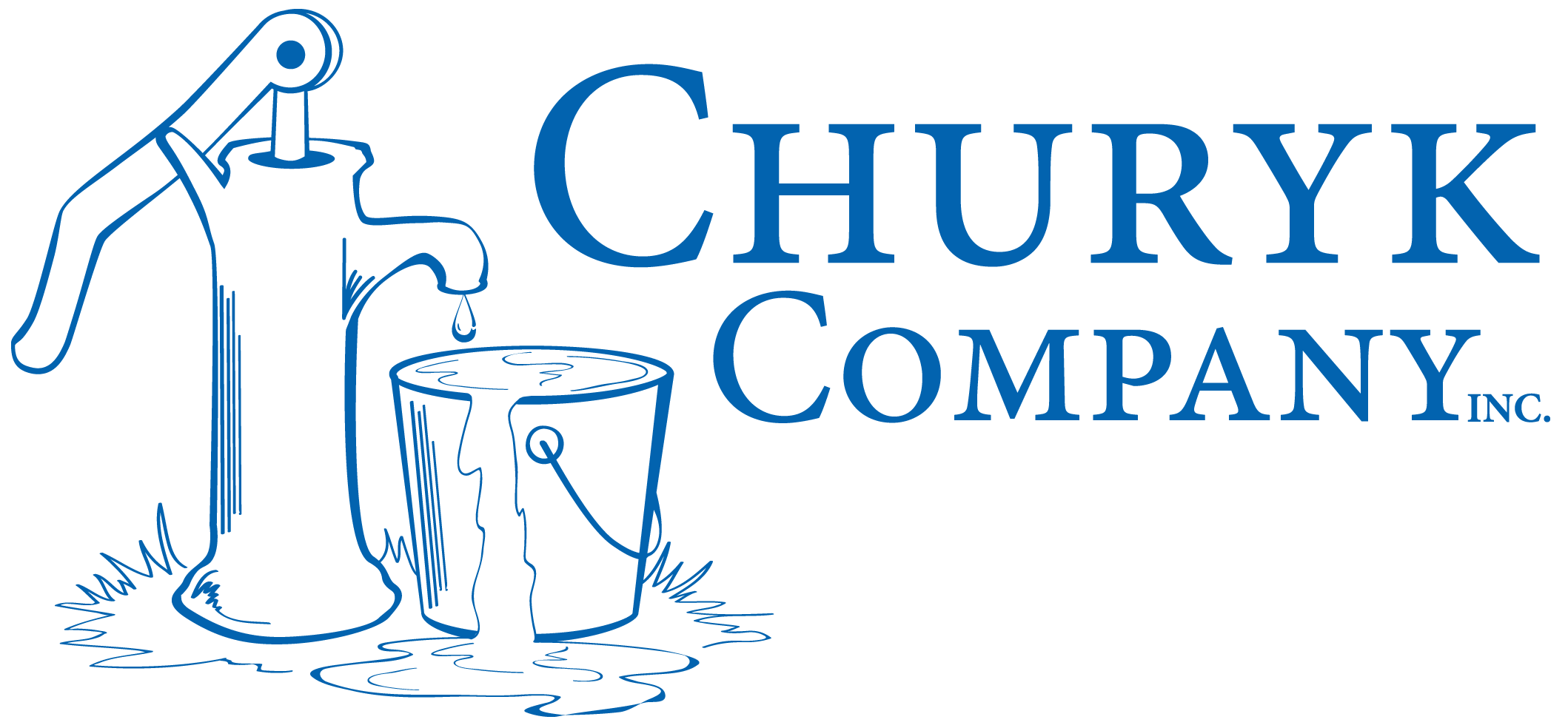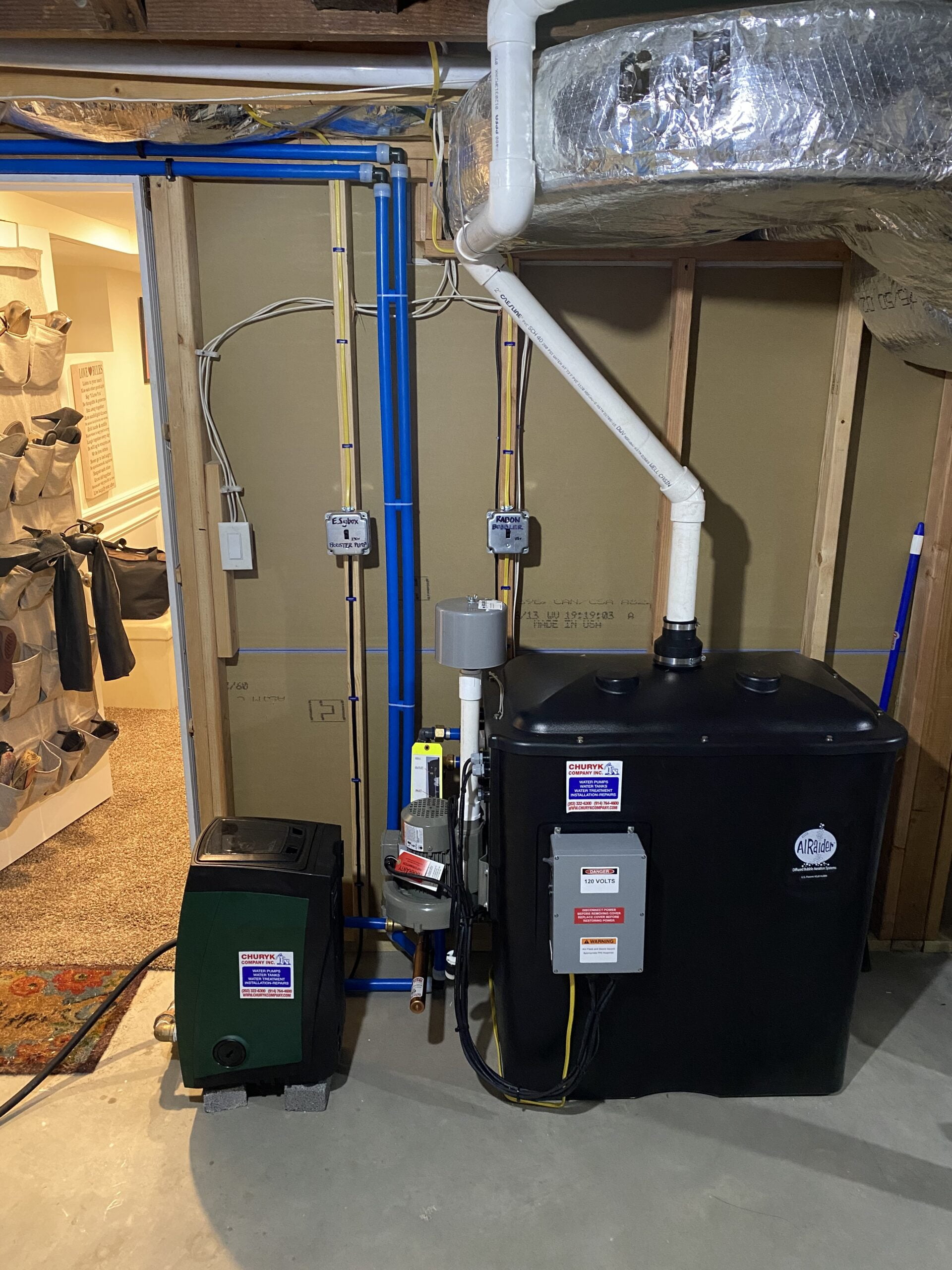Why is Radon in drinking water a health concern?
Breathing radon in indoor air can cause lung cancer. Radon gas decays into radioactive particles that can get trapped in your lungs when you breathe it. As they break down further, these particles release small bursts of energy. This can damage lung tissue and increase your chances of developing lung cancer over the course of your lifetime. People who smoke have an even greater risk. Not everyone exposed to high levels of radon will develop lung cancer. However, radon in indoor air is the second leading cause of lung cancer. About 20,000 deaths a year in the U.S. are caused by breathing radon in indoor air.
Only about 1-2 percent of radon in the air comes from drinking water. However breathing radon increases the risk of lung cancer over the course of your lifetime. Some radon stays in the water; drinking water containing radon also presents a risk of developing internal organ cancers, primarily stomach cancer. However this risk is smaller than the risk of developing lung cancer from radon released to air from tap water.
Based on a National Academy of Science report, EPA estimates that radon in drinking water causes about 168 cancer deaths per year: 89% from lung cancer caused by breathing radon released to the indoor air from water and 11% from stomach cancer caused by consuming water containing radon.
What levels of Radon in watershould I be concerned about?
There is currently no federally-enforced drinking water standard for radon. EPA has proposed to regulate radon in drinking water from community water suppliers (water systems that serve 25 or more year-round residents). EPA does not regulate private wells.
EPA has proposed to require community water suppliers to provide water with radon levels no higher than 4,000 pCi/L, which contributes about 0.4 pCi/L of radon to the air in your home. This requirement assumes that the State is also taking action to reduce radon levels in indoor air by developing EPA-approved, enhanced State radon in indoor air programs (called Multimedia Mitigation Programs). This is because most of the radon you breathe comes from soil under the house. This option gives States the flexibility to focus on the greatest problems, by encouraging the public to fix radon in indoor air problems and build homes that keep radon from entering.
Under the proposed regulation, States that choose not to develop enhanced indoor air programs, community water systems in that State will be required to reduce radon levels in drinking water to 300 pCi/L. This amount of radon in water contributes about 0.03 pCi/L of radon to the air in your home. Even if a State does not develop an enhanced indoor air program, water systems may choose to develop their own local indoor radon program and meet a radon standard for drinking water of 4,000 pCi/L.
Churyk Radon removal systems we offer
For nearly 20 years, the AIRaider 433 has successfully and dependably removed radon and VOCs from well water through a unique, patented multi-stage aeration method. It sets the standard by which other water aeration equipment is measured.
- Up to 99+ Percent Radon Removal (customer-confirmed; independently tested)
- Smaller Footprint (unobtrusive, compact design)
- Easy Maintenance (fully accessible, for easy cleaning from the top)
- Quieter Operation (the built-in pump reduces audible level of pump noise)
- No Sweating (the double-wall foam-insulated tank will not sweat)
- Up to 99+ Percent Radon Removal 99%

